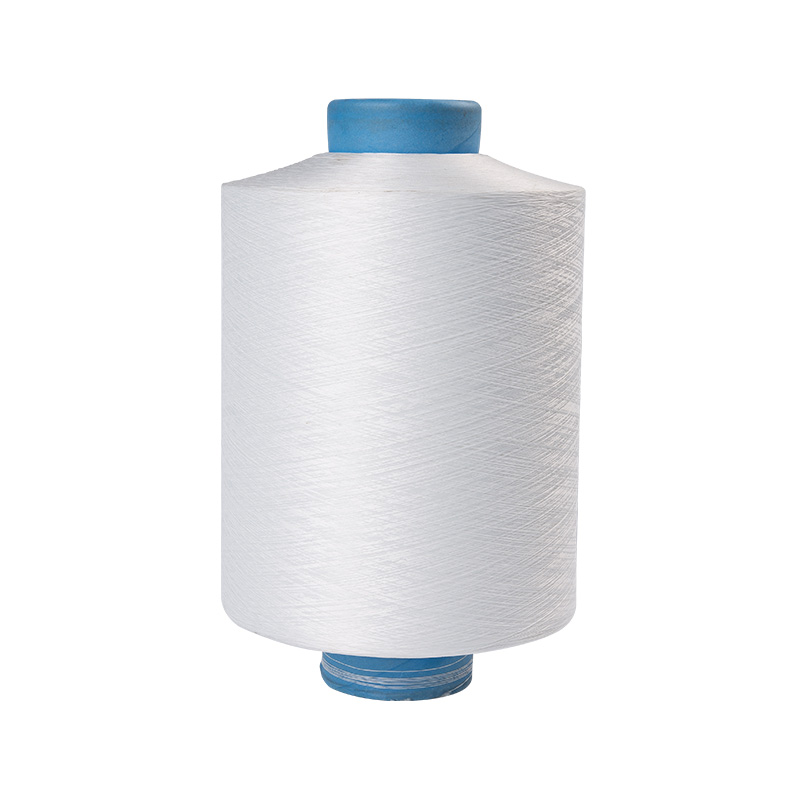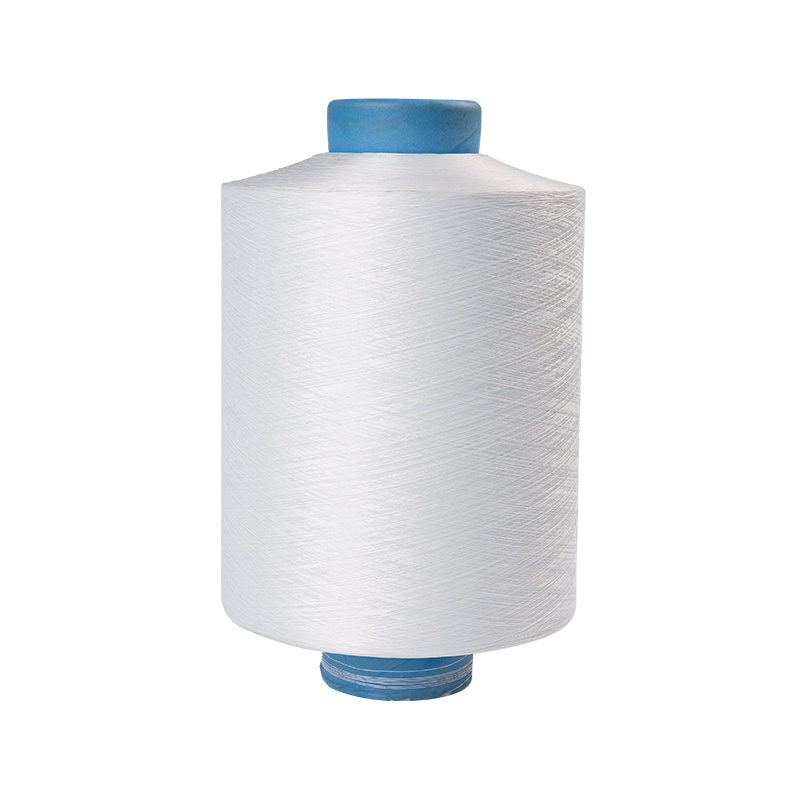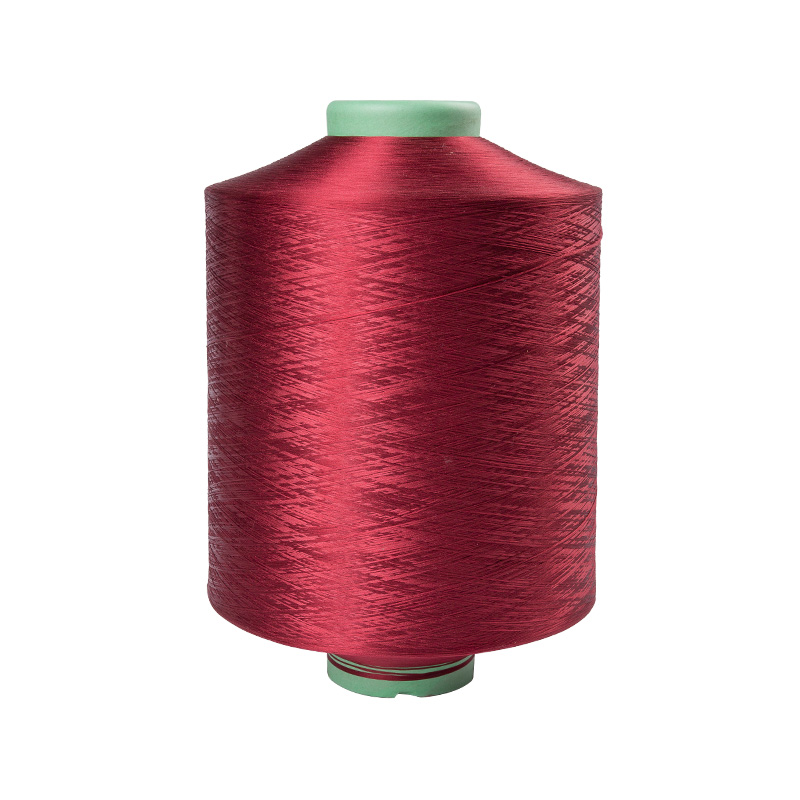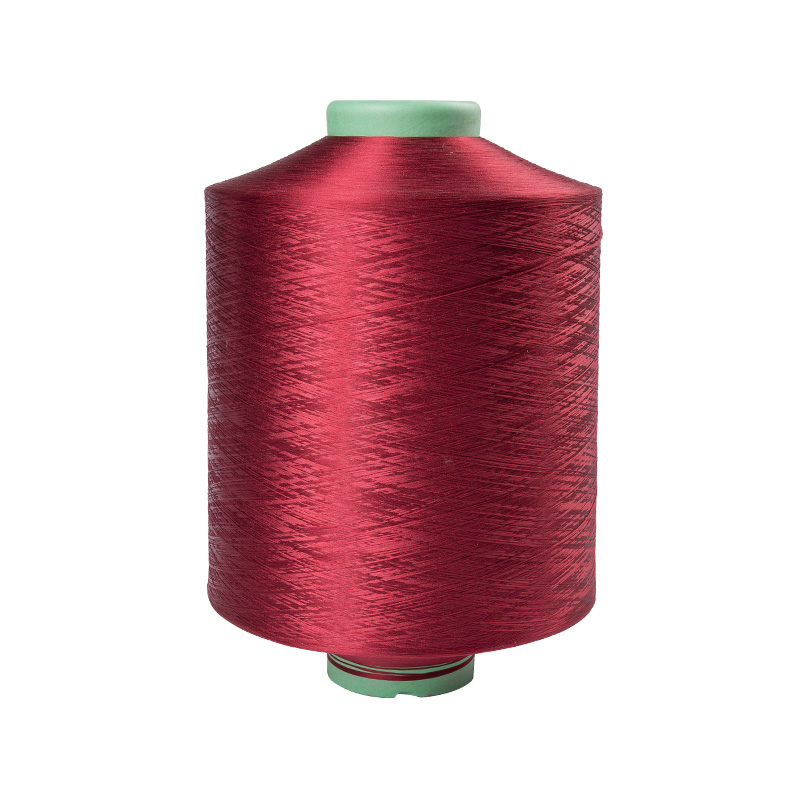The charm of semi-matte partially oriented yarn stands out in the textile industry and has become a shining pearl in the hearts of many designers and consumers. This is not only because it has achieved a relative balance in glossiness, but also because of the delicate and layered concave and convex texture on its surface, which brings unparalleled in history visual enjoyment and tactile experience to textiles. So, how are these fascinating textures formed? Let us unveil its mystery together.
The texture formation of semi-matte partially oriented yarn is a exquisite fusion of technology and art. In the hall of textile technology, this process is endowed with extremely high technical content and innovative spirit. First of all, starting from the selection of raw materials, high-quality polymers are used as the basis to ensure the basic quality and stability of the yarn. Subsequently, after a precise melt spinning process, the raw materials are converted into slender pre-oriented yarns (POY), which is an important step in forming the final product.
However, the real secret lies in the subsequent semi-matte treatment. At this stage, specific physical or chemical means are introduced into the spinning process to make subtle adjustments to the yarn surface. These methods may include controlling process parameters such as spinning speed, temperature, and stretch ratio, or using special additives and surface treatment technologies. Through these delicate operations, the yarn surface gradually presents a unique concave-convex shape, just like the delicate geological texture in nature, which is both complex and harmonious.
The formation of this concave-convex texture is not accidental, but the result of countless experiments and optimizations. It not only enhances the three-dimensional sense and layering of the yarn, but also shows a charming light and shadow effect under the illumination of light. When the light passes over the surface of the yarn, these concave-convex structures will capture and refract the light, forming a series of delicate and soft light spots, like the twinkling stars in the night sky, adding a mysterious and charming color to the textiles.
The texture formation of semi-dull partially oriented yarn is not static. Different production processes, raw material ratios and processing conditions will have a profound impact on it. Therefore, each manufacturer may develop a product series with its own characteristics while maintaining the basic characteristics to meet the needs and preferences of different customers.
With the continuous advancement of textile technology and the increasing diversification of consumer demand, the application field of semi-dull partially oriented yarn is also expanding. From high-end dresses, shirts and other fashion apparel to curtains, bedding and other home decoration items, it has become the finishing touch to enhance the grade and beauty of the product with its unique gloss and visual effects.

 English
English 中文简体
中文简体








